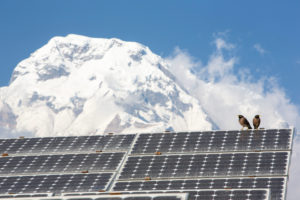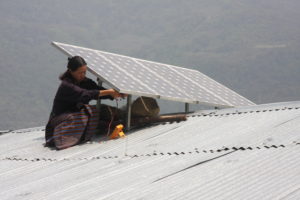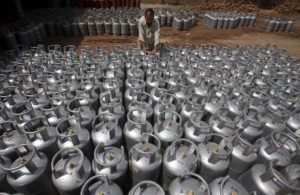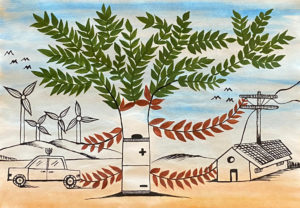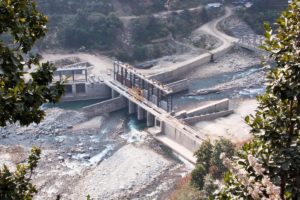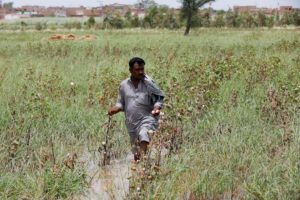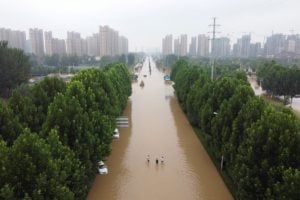South Asia is home to approximately 1.9 billion people, or a quarter of the world’s population. The average per capita annual income in the region stands at about USD 2,200 – compared to a global average of USD 12,200 – and a rapid transformation of their economies is one of the primary imperatives for all governments in the region. Energy is key to providing a dignified future, but a carbon intensive development path poses many dangers, as the impacts of climate change disproportionately punish this region.
The challenge for governments, businesses and citizens in South Asia is to embrace innovations that enable a cleaner pathway to growth than the world has so far followed. At the same time, countries desperate not to lose out on the promise of growth are looking to use whatever resources are available to secure a prosperous future. The end result is a messy, complicated picture, one that gives cause both for hope and frustration.
Here is our selection of the top four stories from 2022 which explore how countries in South Asia are navigating the energy transition.
What is green hydrogen? Could it transform energy in South Asia?
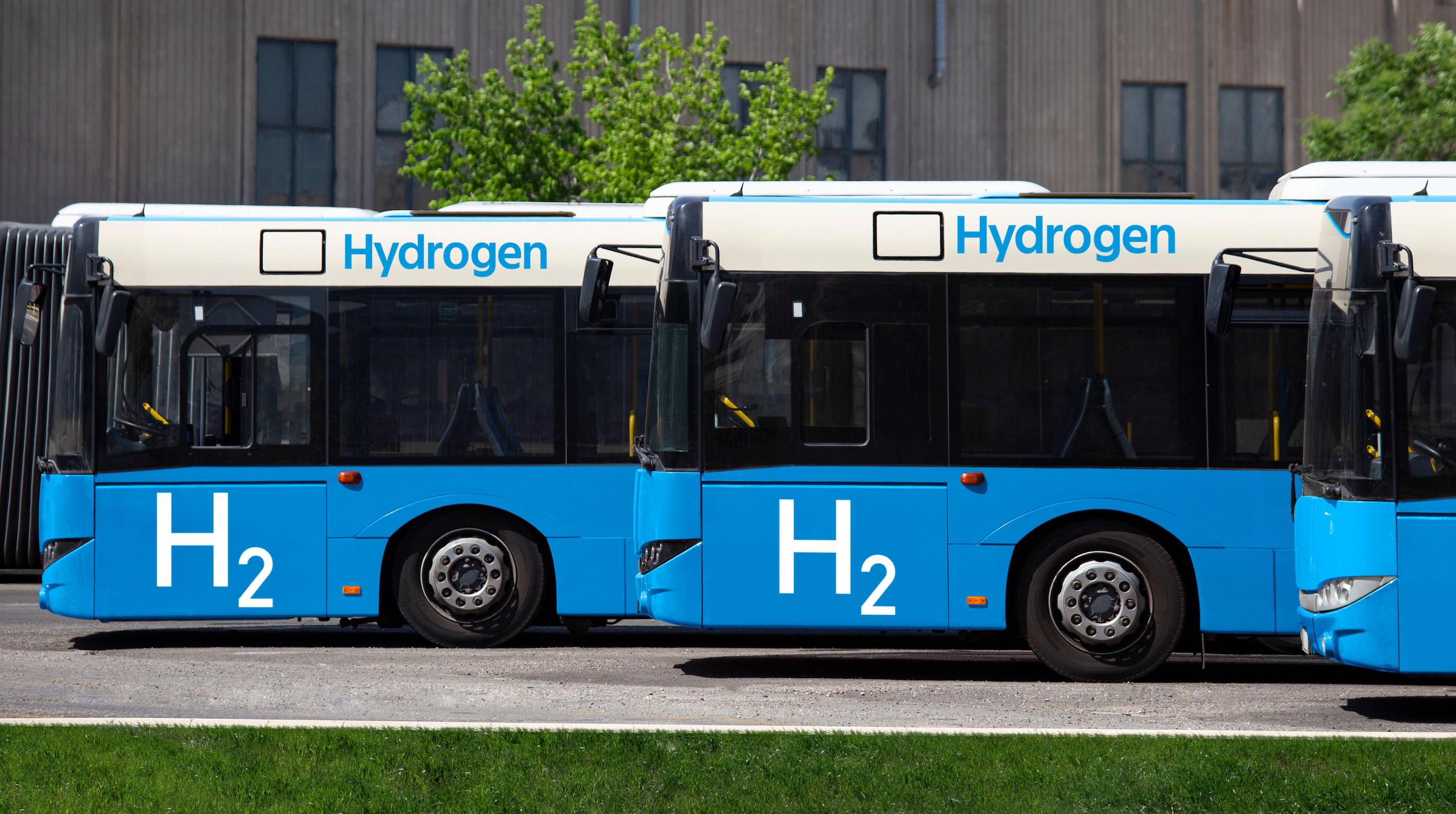
Sapna Gopal, January
Given the scale of the task facing South Asia as it seeks to decarbonise, innovative technologies are going to be key. Perhaps one of the most promising areas, and one which has recently received much attention, is green hydrogen.
In this report, Sapna Goel explains how green hydrogen is being embraced in Pakistan, Bangladesh and Sri Lanka. Meanwhile, India is being seen as the most significant player in South Asia, with a national mission announced in pursuit of expanding supply, storage, and distribution of green hydrogen.
Read the full story here.
Questions over Russia-funded nuclear power plant in Bangladesh
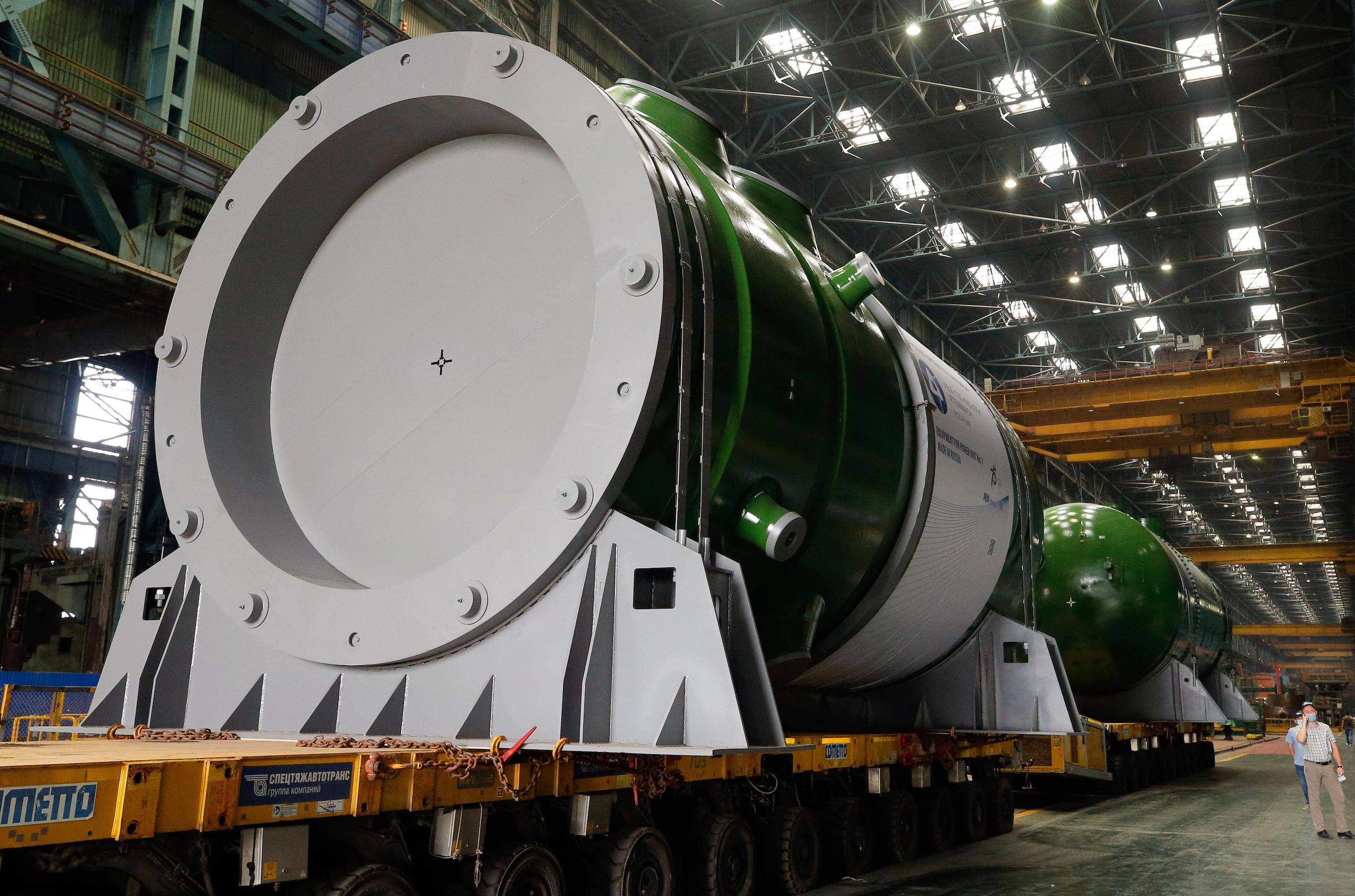
Kamran Reza Chowdhury, April
The importance of external players in South Asia’s energy was highlighted in this report for The Third Pole. As Russia’s invasion of Ukraine impacted parts of the world that had little to do with the conflict dynamics of either country, Bangladesh found itself in a bind over the Rooppur nuclear power plant. Construction of the plant – which is being built by a Russian state-owned company – was scheduled to be completed by 2024. The project now faces new questions in the face of American and European sanctions on Russia.
Nuclear power is supposed to provide 10% of Bangladesh’s electricity by 2030, but the external political situation means that this is unlikely to happen on time, or will only happen after lots of complicated bargaining.
Read the full story here.
China the ‘biggest player’ in Bangladesh’s energy transition
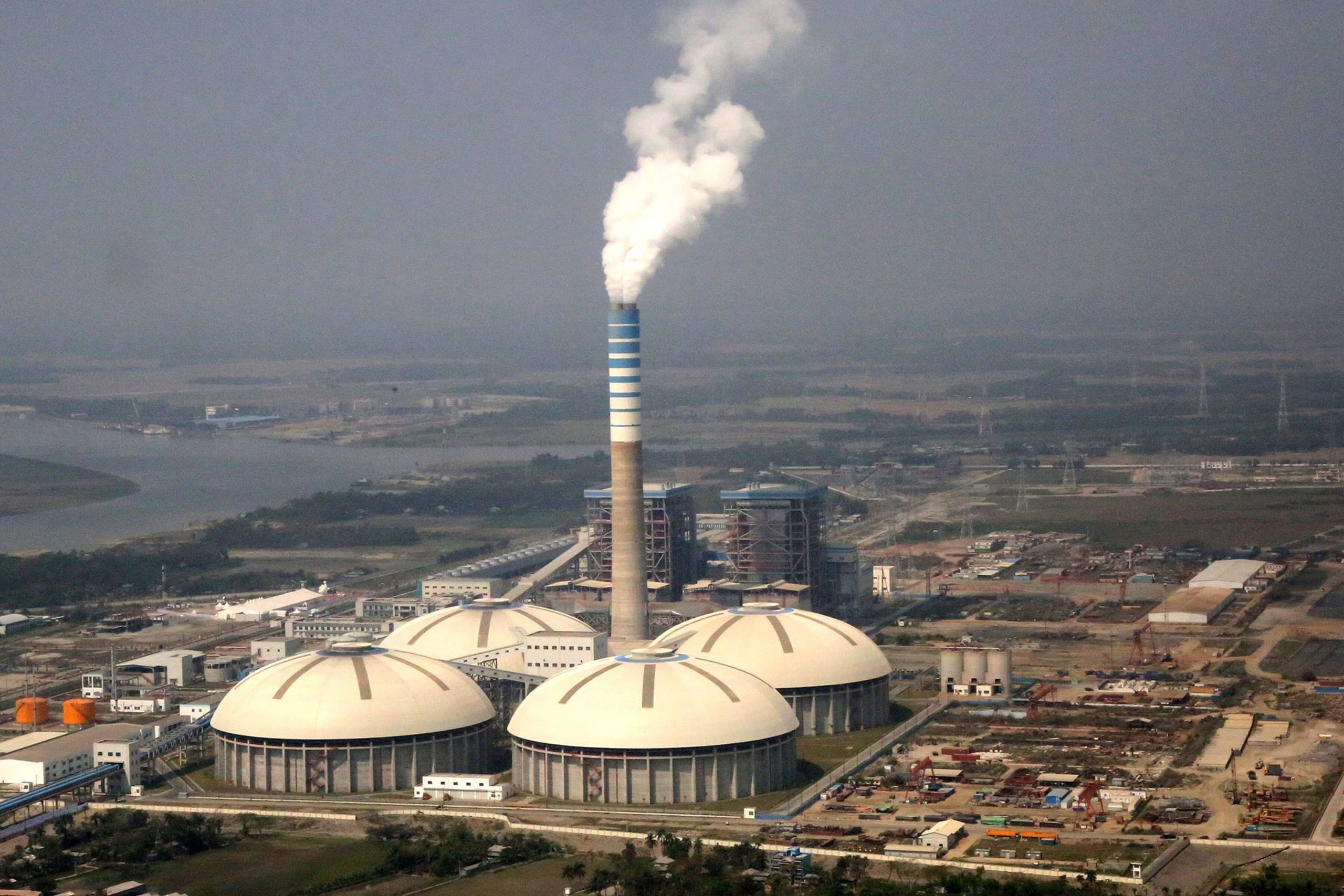
Shahnaj Begum, September
Bangladesh desperately needs more energy for its economy, and it wants much of this to come from renewables. Currently, electricity production in Bangladesh is heavily dominated by natural gas, which accounts for about 51%, where solar and hydropower contribute only about 2%. Bangladesh is aiming to have 40% of its electricity produced by renewables by 2050, but this transition will require a minimum of USD 80-100 billion between 2030 and 2050.
Bangladesh is in talks with external partners – Japan, China, the Asian Development Bank, and the World Bank – to finance this massive change. But the key player, as reported by Shahnaj Begum for The Third Pole, is China, which is financing about 90% of all investment in Bangladesh’s energy sector. That investment is currently going into both fossil fuels and renewables, but investments in coal are declining.
Read the full story here.
Analysis: Where is India spending more, fossil fuels or renewables?
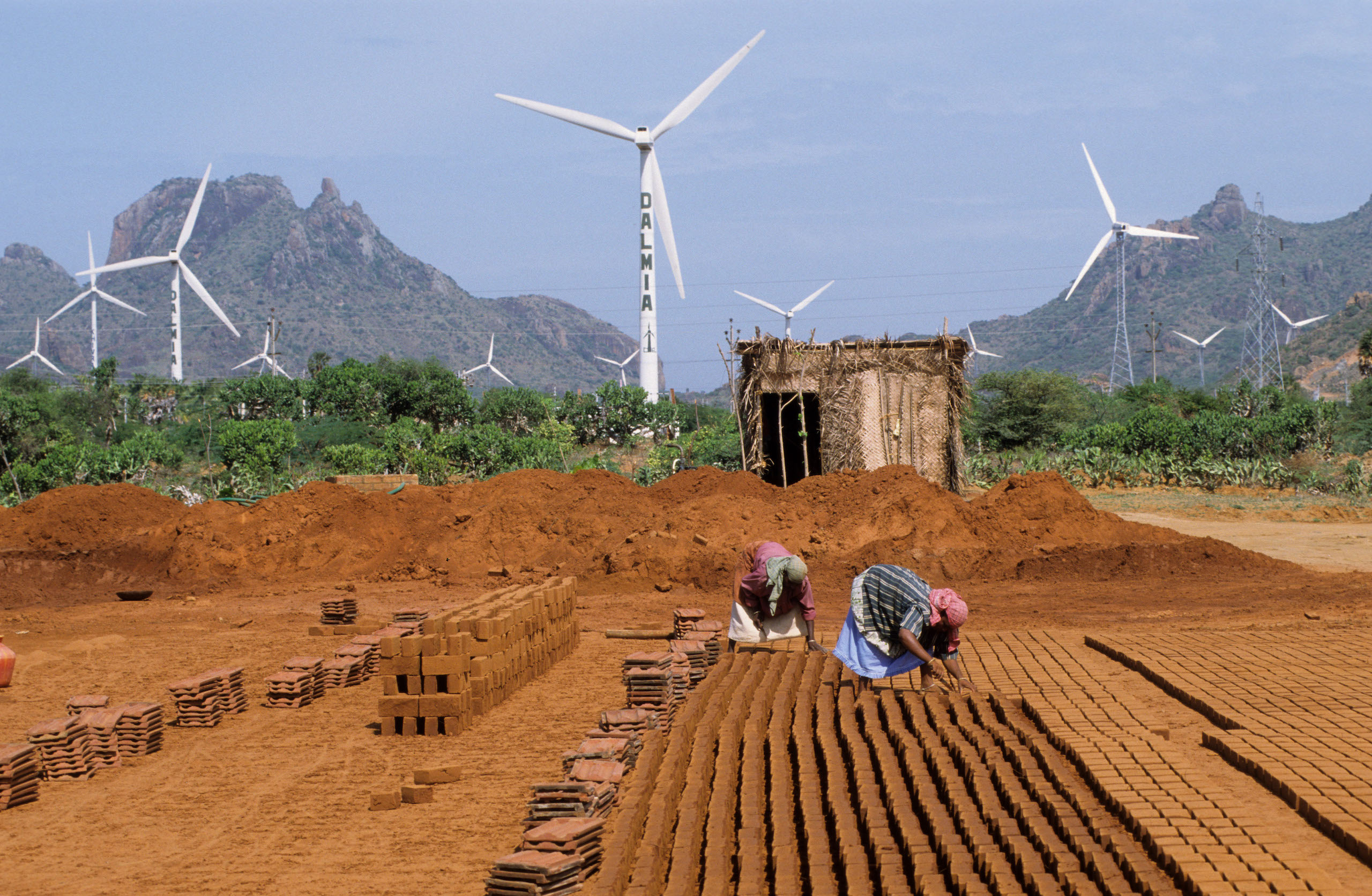
M Rajshekhar, October
India, due to the size of both its population and its economy, is the most important player in South Asia. It is now, after the United States and China, the third largest emitter of greenhouse gases in the world. The demonstration effect of India’s decisions on other countries in the region cannot be overstated. The most important question in the energy transition today is: where is India putting its money?
Investigative reporter M Rajshekhar took a deep dive into the Indian energy economy to try to understand this question. Despite the complexity and opacity of the data available, this important report identifies how both the Indian state and the private sector are gambling on both carbon-intensive and renewable energy, but simple factors of the market economy are boosting solar and wind energy over fossil fuels. While the picture is decidedly mixed, this should be cause for cautious optimism from the region.
Read the full story here.
